Dinosaur Embryo Uncovered Inside an Egg
A discovery in a Chinese industrial park has unveiled a perfectly preserved dinosaur embryo. This could possibly rewrite historical timelines and offer unexpectedly far-reaching insights into dinosaurs’ reproductive behavior.
This remarkable find, believed to be around 70 million years old, has captured the attention of scientists globally.
Baby Yingliang, the Perfectly Preserved Dinosaur Embryo
The embryo, named “Baby Yingliang” after the museum that houses it, was uncovered in the Shahe Industrial Park in Ganzhou City, Jiangxi Province, in 2000.
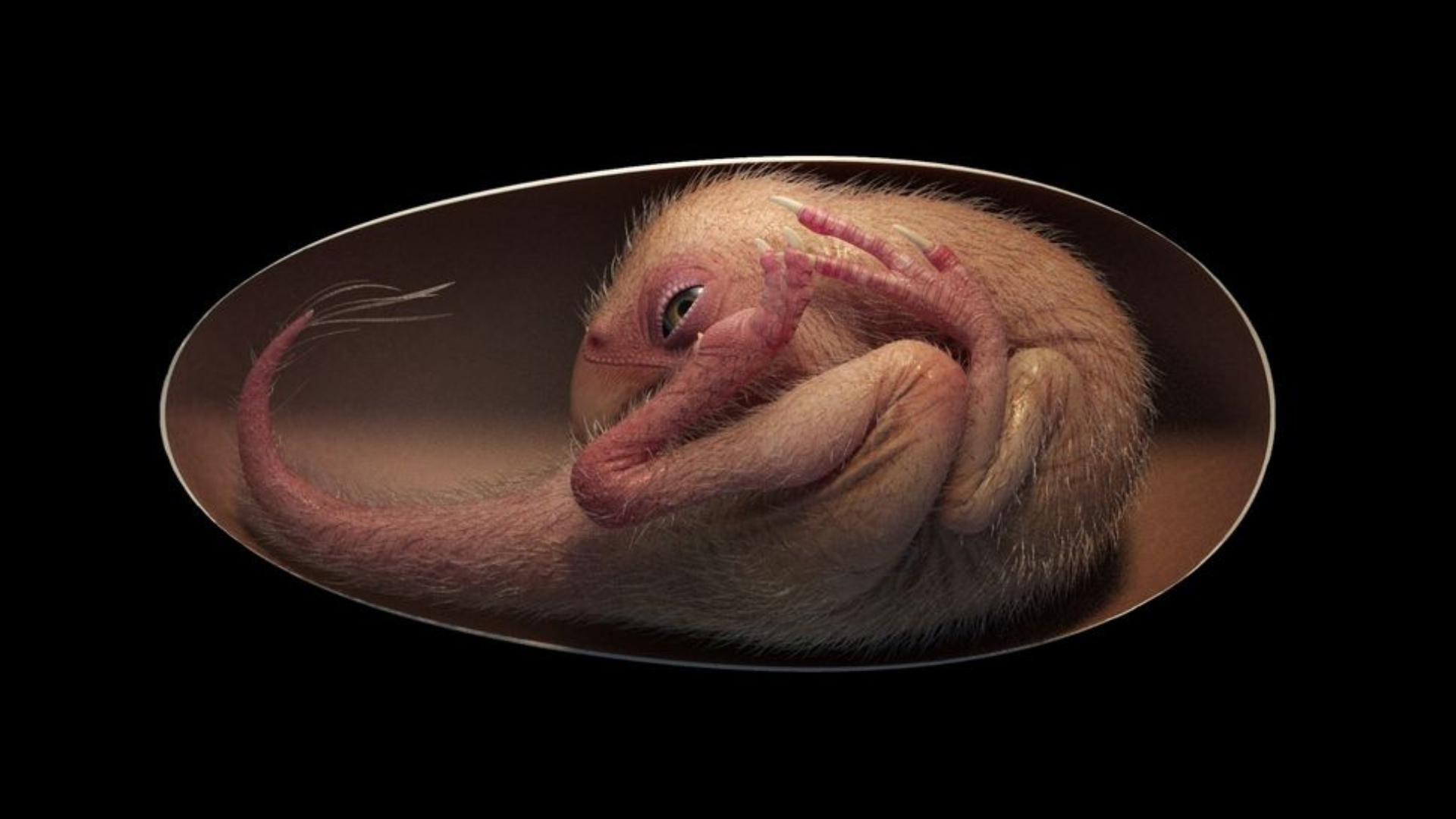
@LiveScience/X
But it wasn’t until a decade later, during the construction of the Yingliang Stone Nature History Museum, that scientists first began truly analyzing the fossilized baby egg. What they found revealed its surprising significance.
Possibility of a Real-Life Jurassic Park?
This discovery has sparked speculation about the potential realization of a real-life Jurassic Park, evoking both excitement and skepticism.
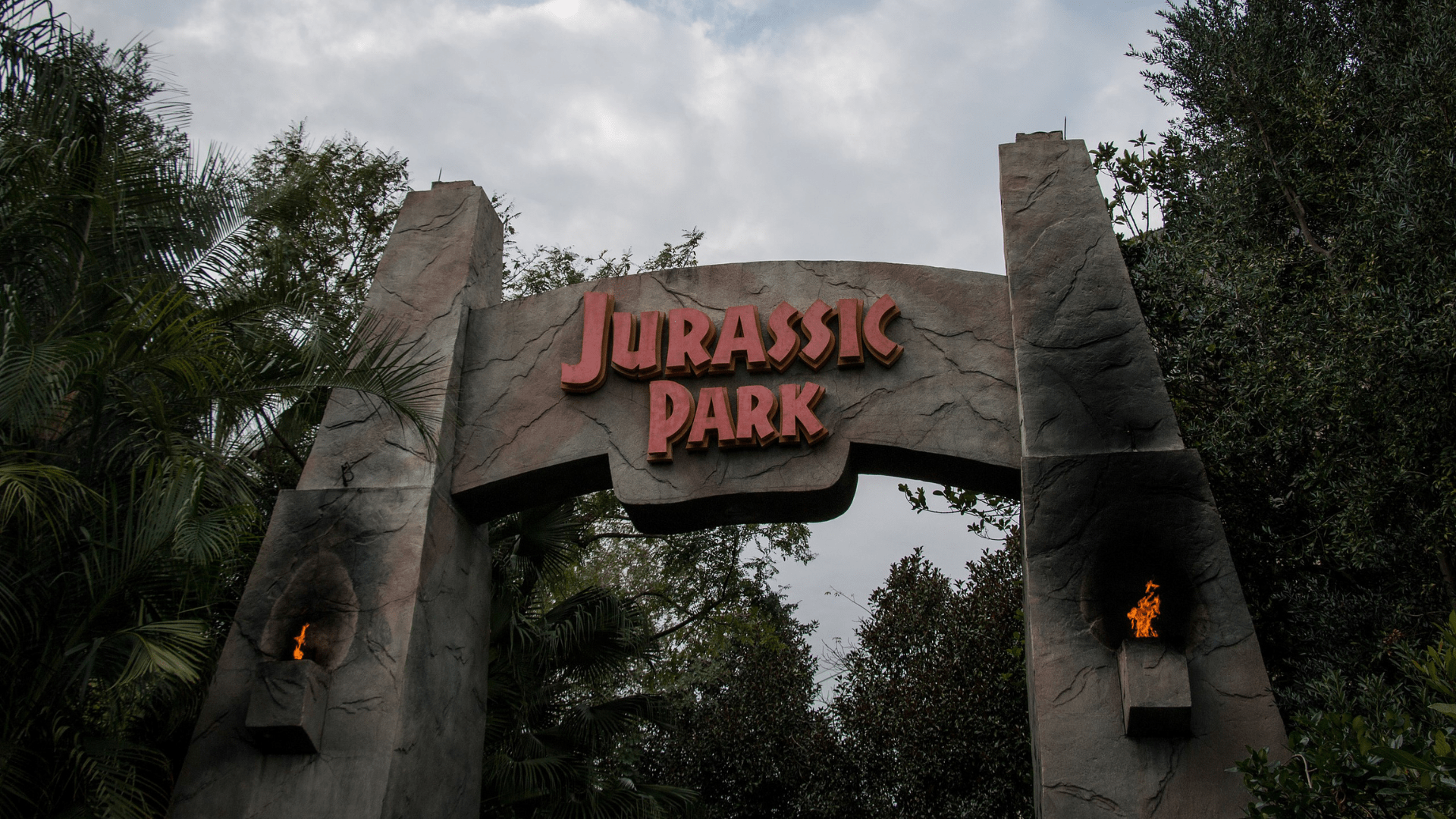
HarshLight/Wikimedia Commons
It unfortunately appears highly unlikely that science can reproduce a dinosaur and bring it to life, even with a perfectly preserved embryo. Regardless, the discovery prompts contemplation about life during the era dominated by dinosaurs and the mysteries that still surround these ancient creatures.
Why is it Unlikely that Science Can Clone a Dinosaur?
There are a few reasons why Baby Yingliang may not be the key to creating a real-life Jurassic Park. These include DNA preservation, cloning complexity, and gene signal.
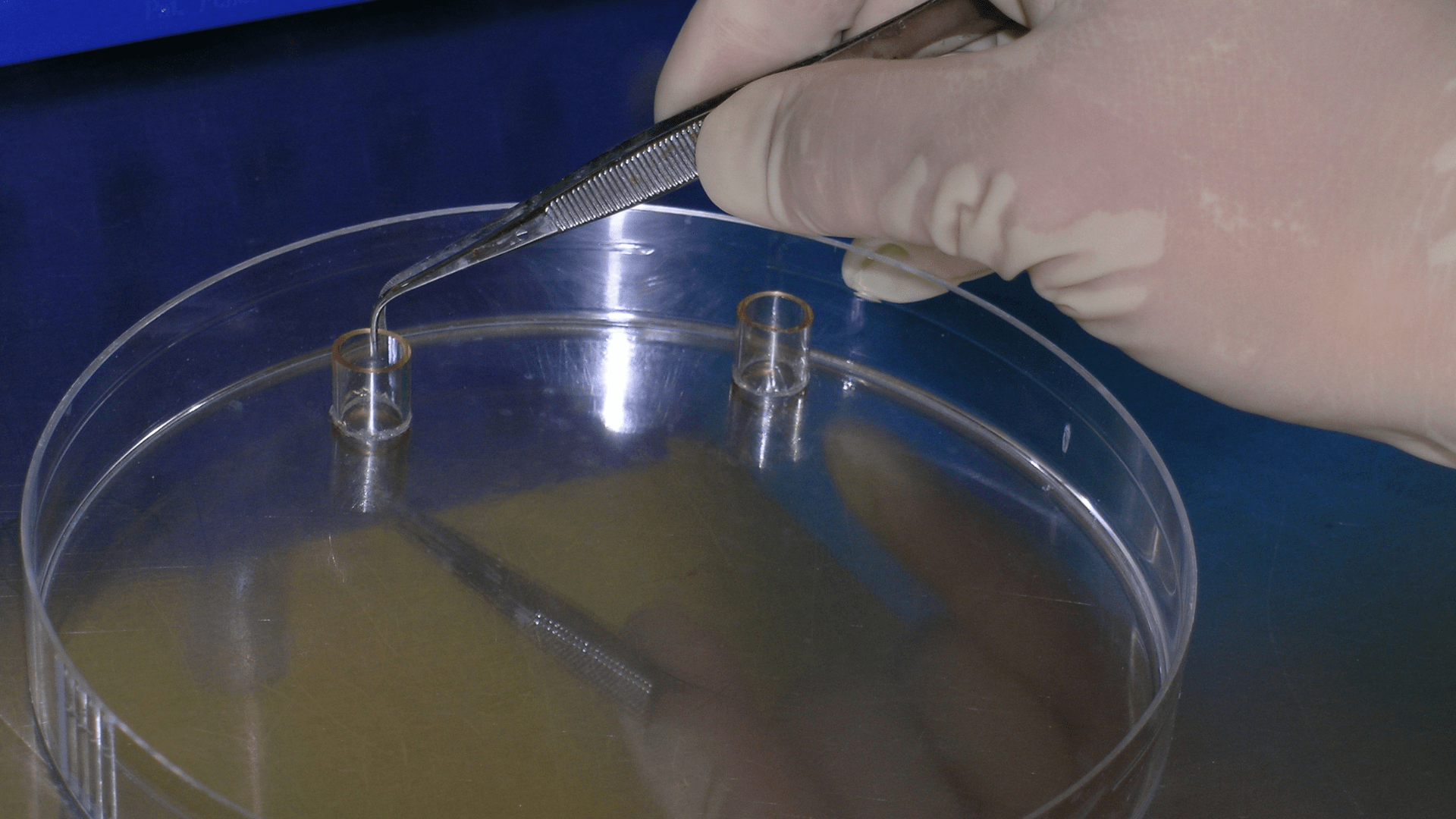
Paphrag/Wikimedia Commons
DNA from fossils poses significant challenges, and the likelihood of finding intact dinosaur DNA is minimal, even if the embryo contains prehistoric DNA. Cloning dinosaurs is an intricate process, surpassing the complexities of cloning other animals. The absence of a suitable environment for dinosaur embryo gestation and the current limitations in sequencing dinosaur DNA with precision add to the complexity. Even if partial DNA extraction occurs, the insufficient number of genes obtained makes it improbable to clone a living dinosaur.
The Embryo is an Oviraptor
The embryo, belonging to the oviraptor species, provides a unique opportunity to explore the developmental processes of dinosaurs within their eggs.

PaleoNeolitic/Wikimedia Commons
Oviraptors, a genus of feathered dinosaurs from the Late Cretaceous period, lived in Asia and North America, exhibiting adaptability in their diets and distinct characteristics. The name “Oviraptor” initially hinted at egg-stealing behaviors, emphasizing their intriguing place in the evolutionary chain.
Scientists Discover that “Tucking” is Not Exclusive to Birds
The fossilized posture of Baby Yingliang, with its head tucked and spine bent along the narrow top of the egg, mirrors the pre-hatching behavior observed in birds.
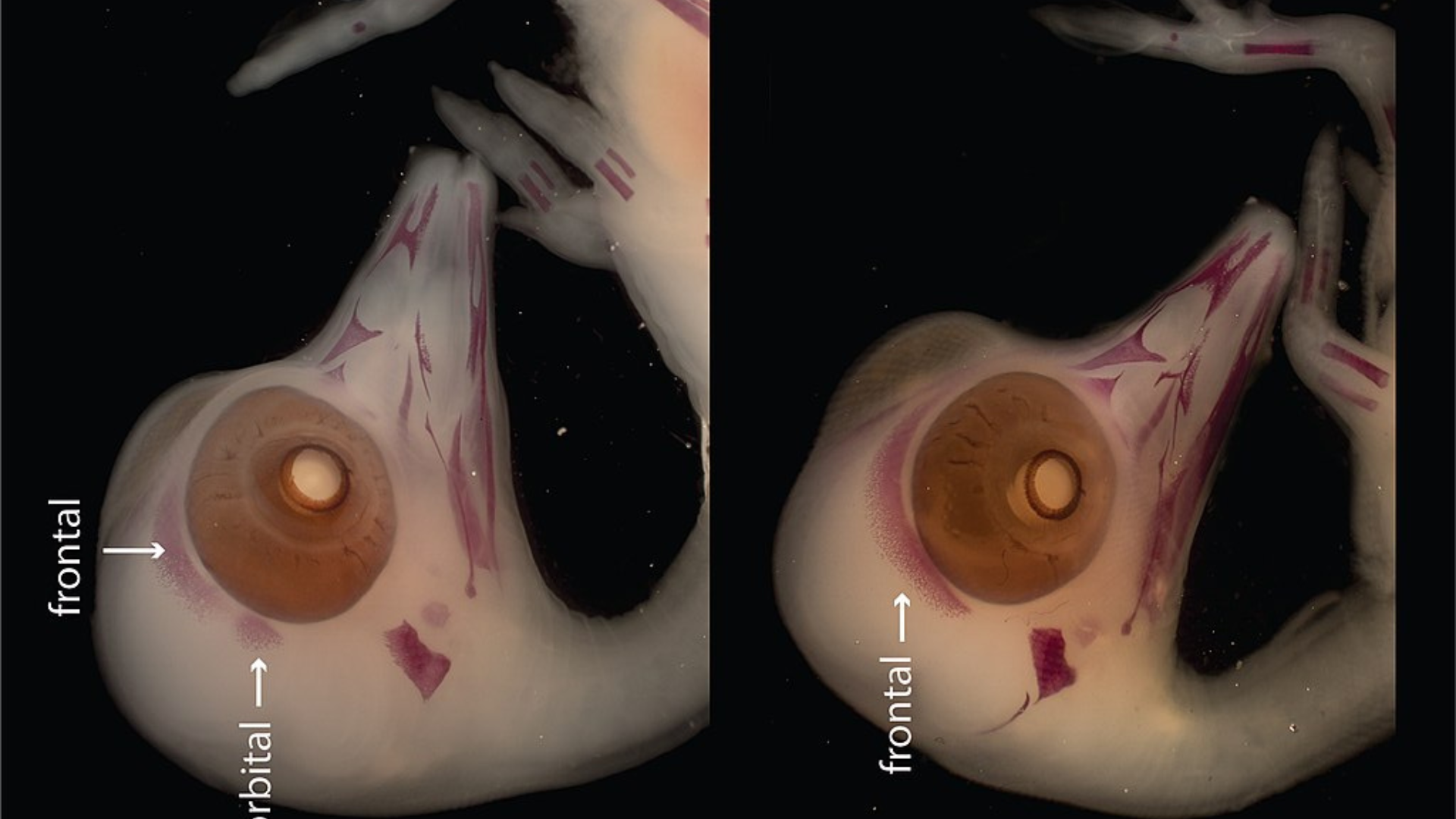
Daniel Núñez León/Wikimedia Commons
This surprising revelation challenges previous assumptions, as scientists believed that such “tucking” behavior was exclusive to birds. Fion Waisum Ma, a PhD researcher at the University of Birmingham, notes the striking similarity between the dinosaur embryo and a chicken embryo in this regard, suggesting a shared prehatching behavior inherited from dinosaur ancestors.
Baby Yingliang May Help Elucidate the Link Between Dinosaurs and Birds
The evolving understanding of dinosaurs and their connection to modern birds unfolds as scientists delve deeper into the mysteries of embryonic development.

Roy E. Plotnick/Wikimedia Commons
The parallels between the prenatal posture of Baby Yingliang and that of birds hint at the gradual evolution of avian features in their dinosaur predecessors.
Birds are the Only Living Dinosaurs
It is crucial to recognize that birds are considered the only living dinosaurs, directly descending from theropods, a group of two-legged dinosaurs that includes iconic species like Tyrannosaurus rex and velociraptors.
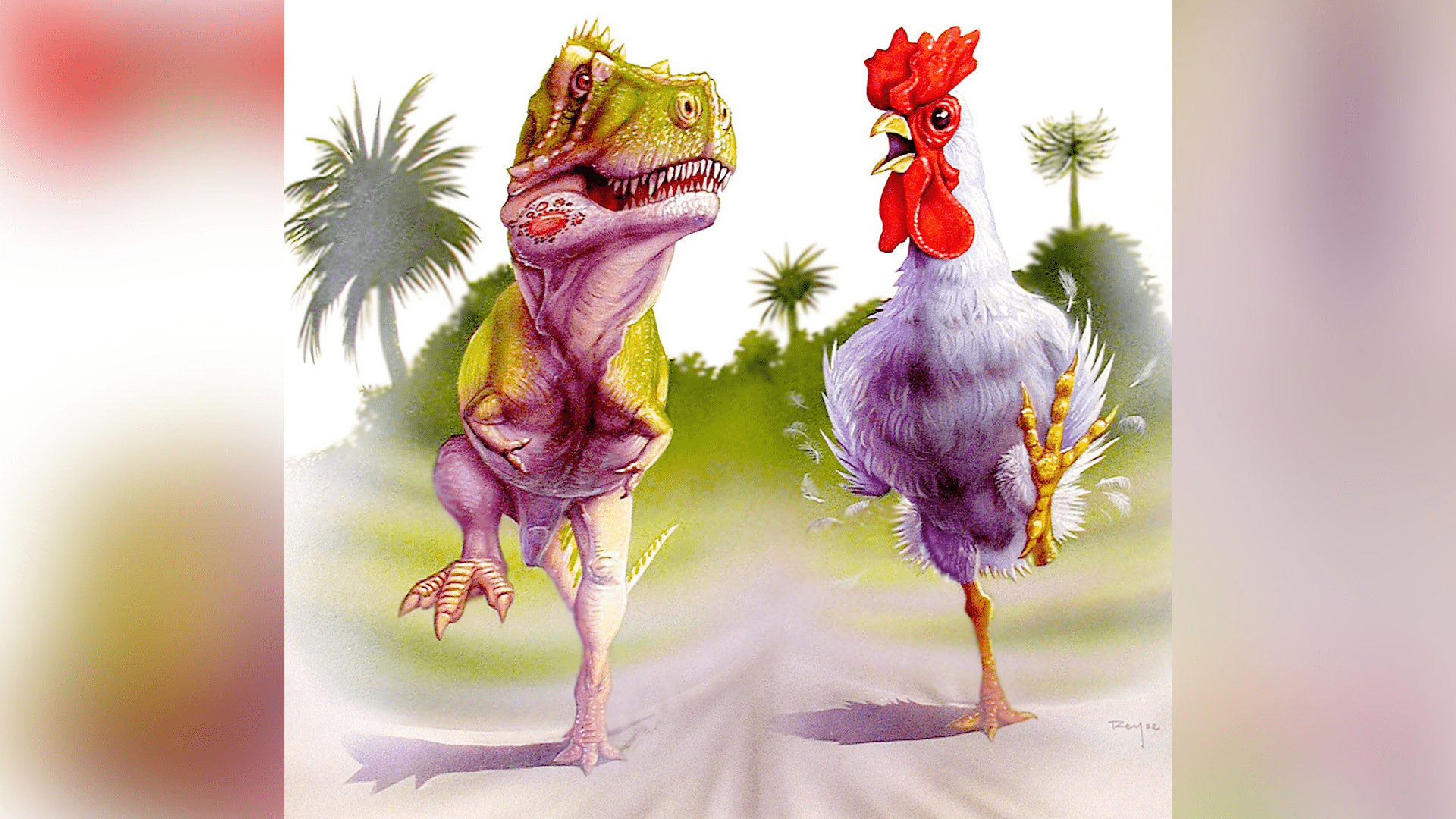
Luis Rey, Benton MJ/Wikimedia Commons
The discovery of the dinosaur embryo adds another layer to this evolutionary narrative, emphasizing the shared traits between ancient dinosaurs and their avian descendants.
Baby Yingliang Sheds Light on Hatching, Incubation, and More
Baby Yingliang, measuring 10.6 inches in length and residing within a 6.7-inch-long egg, is hailed as one of the best-preserved dinosaur embryos in history.
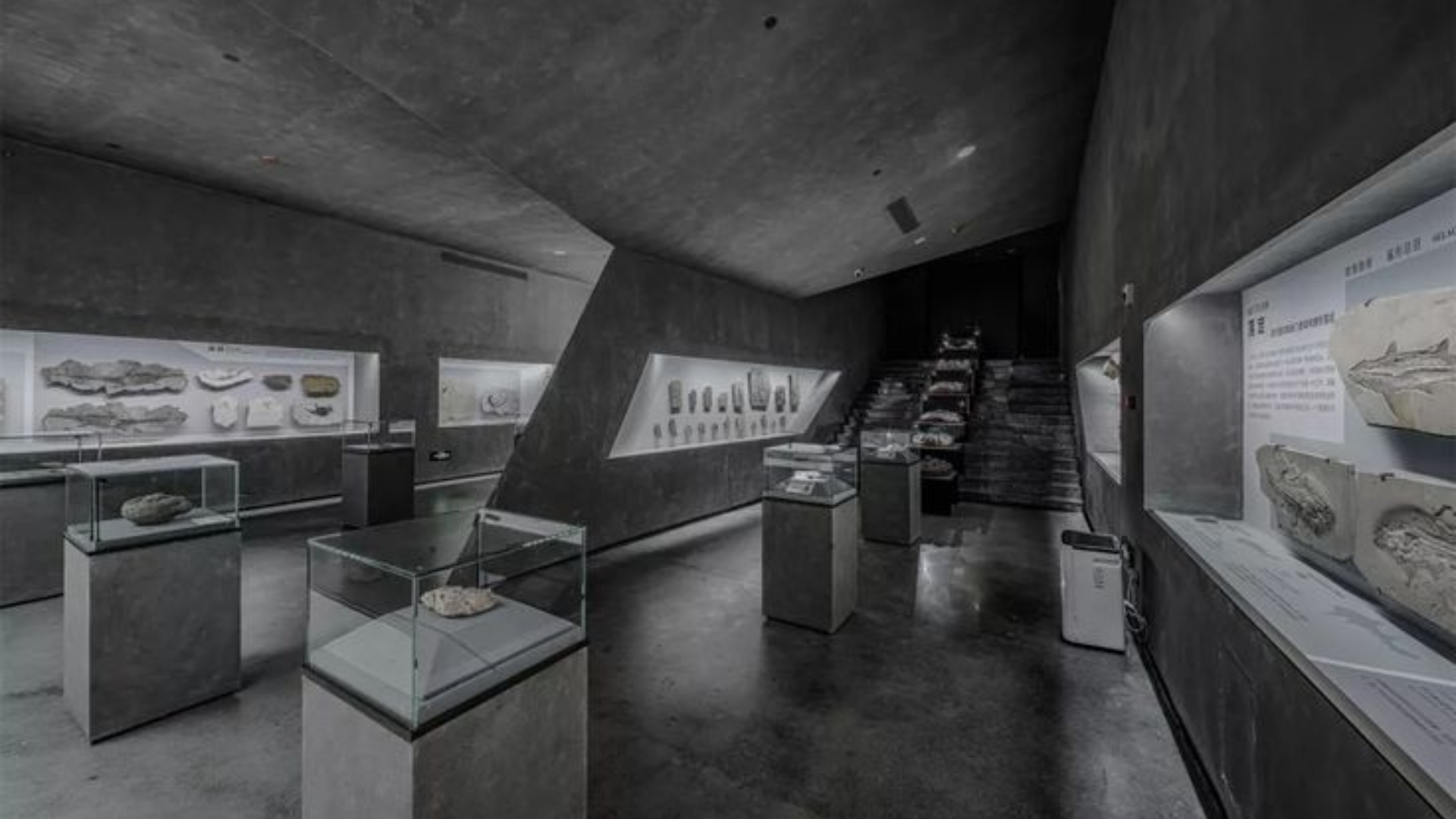
Mooool Design/Facebook
The detailed analysis of this remarkable specimen not only sheds light on the hatching and incubation process but also contributes to the broader understanding of coelurosaurs and their evolutionary trajectory.
Scientists are Overjoyed by the Specimen
The joy among scientists, led by vertebrate paleontologist Fion Waisum Ma, is palpable as they express excitement over the completeness and condition of Baby Yingliang.
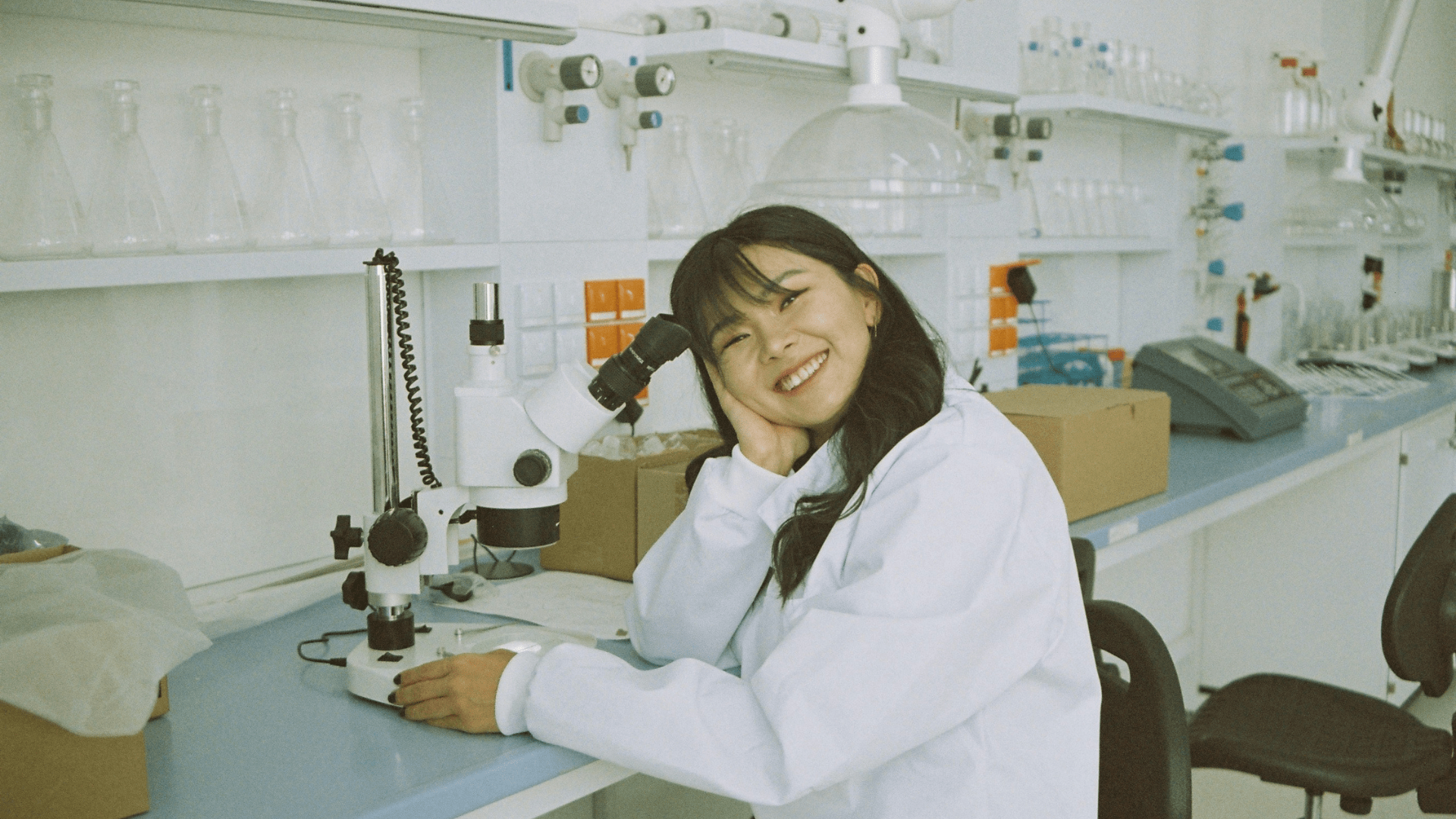
Diane Serik/Unsplash
The rarity of such well-preserved dinosaur embryos enhances the significance of this discovery in unraveling the mysteries of dinosaur growth and reproduction.
The Fragility of Ancient DNA
Contrary to popular imagination fueled by cinematic portrayals, scientists do not possess dinosaur DNA.
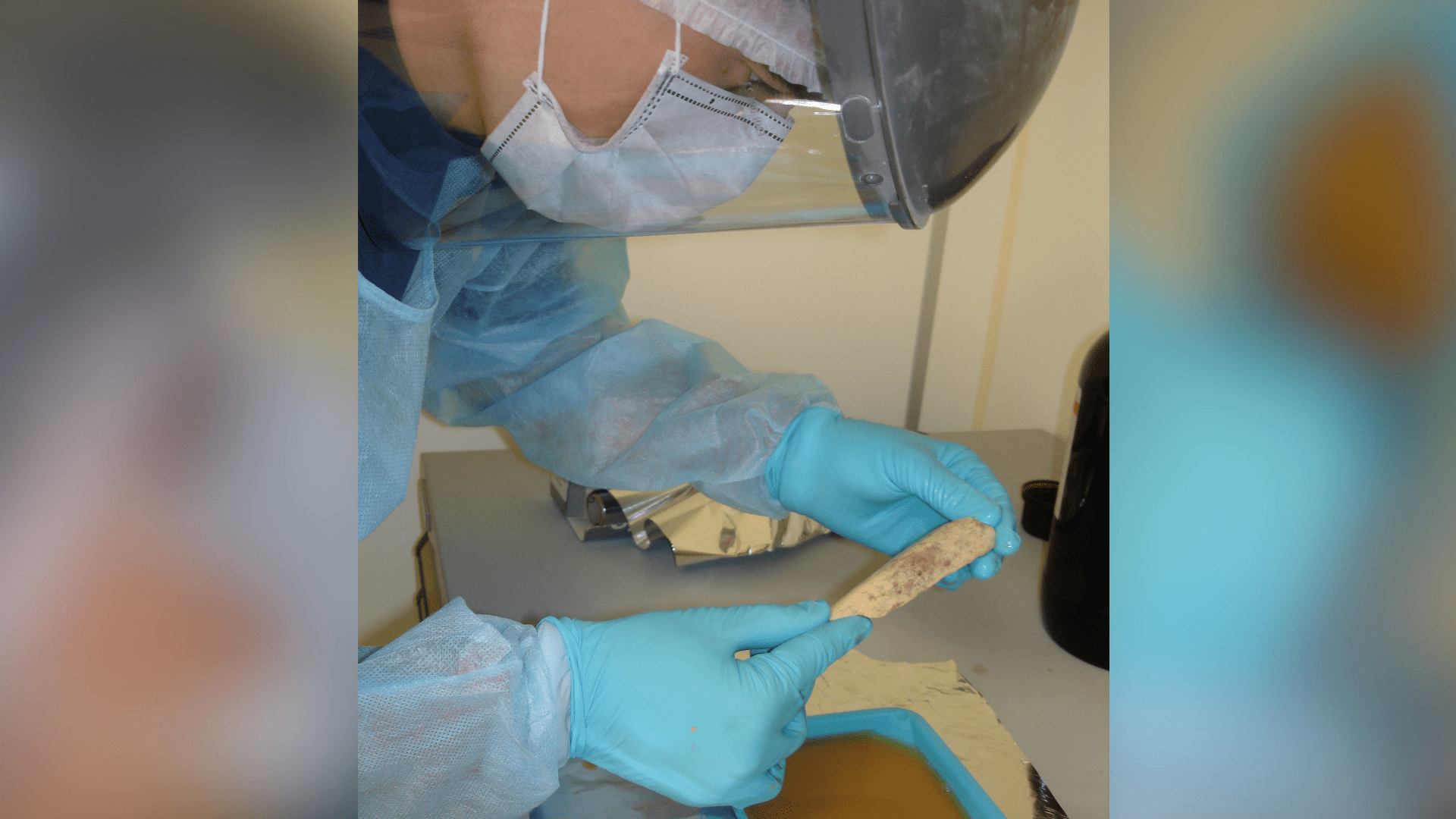
Max Planck Institute for Evolutionary Anthropology/Wikimedia Commons
The fragility of the bonds holding dinosaur DNA together makes its preservation over millions of years impossible. Despite abundant fossil discoveries, the absence of dinosaur DNA precludes any possibility of genetic resurrection.
A Pivotal Moment in Scientific History
The unveiling of the 72-million-year-old dinosaur embryo marks a pivotal moment in scientific exploration, offering a fresh perspective on the intertwined evolution of dinosaurs and birds.
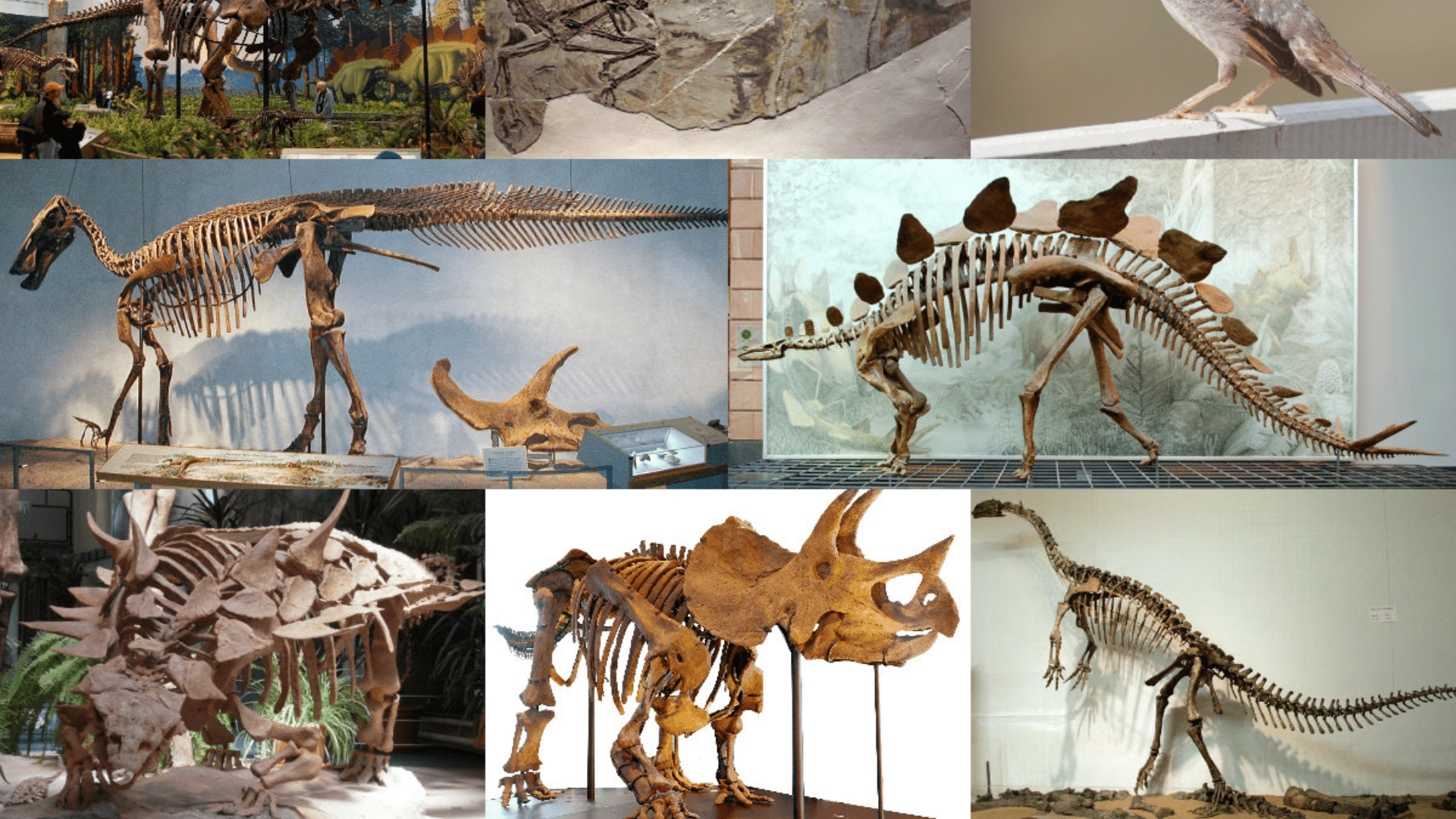
IJReid/Wikimedia Commons
While there is still much to discover about the intricacies of dinosaur development within their eggs, discoveries like Baby Yingliang provide invaluable glimpses into the distant past and enhance our understanding of Earth’s prehistoric inhabitants. As scientists continue their quest for knowledge, each fossilized revelation brings us closer to deciphering the enigmatic tale of dinosaurs and their enduring impact on the evolutionary timeline.
